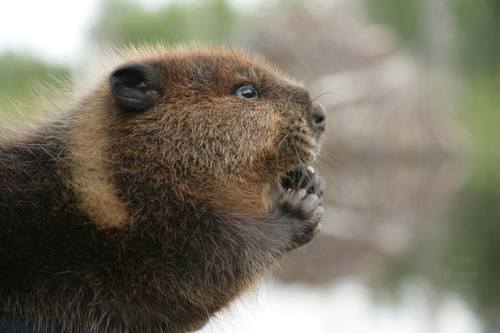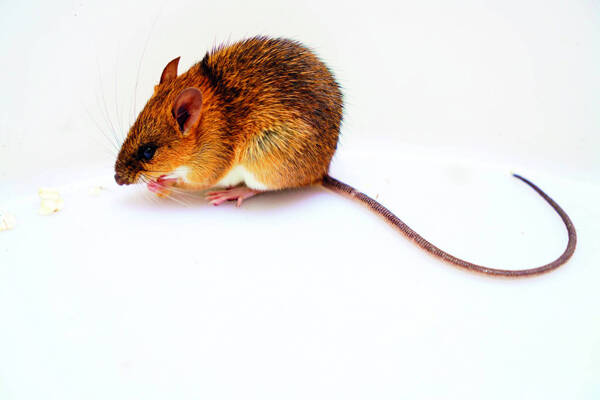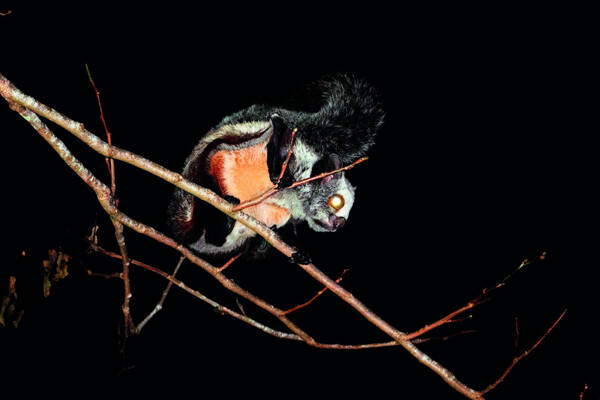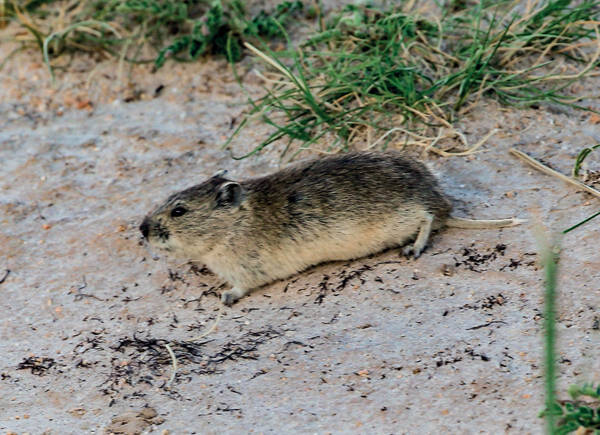
Sciuridae
Sciuridae,Squirrel,Tree Rat
Squirrels, belonging to the family Sciuridae of the order Rodentia, refer to···

Castor
Castor,beaver
Beaver is called Eurasian Beaver in English, and there are 7 subspecies.Beav···

Macropus rufus
red kangaroo, kangaroo, red kangaroo, big red kangaroo, red kangaroo
The common large kangaroo is called the red kangaroo, which is also the most···

Koala
Phascolarctos cinereus
Australia is the kingdom of marsupials, and the koala is the most precious o···

Pseudo-Spirited Rat
Pseudo-Spirited Rat
The species status of Pseudo-spiny rat is controversial, and it has long bee···

Niviventer culturatus
Niviventer culturatus,White-tailed rat, sulfur-bellied rat, spiny gray rat, mountain rat, white-bellied rat
The species status of this species is highly controversial. It has long been···

Niviventer andersoni
Niviventer andersoni
The species status of Andersen's white-bellied rat is stable, with three···

Cansumys canus
Cansumys canus,Cansumys
The taxonomic status of Gansu hamster is controversial. Some scholars regard···

Alexandromys kikuchii
Alexandromys kikuchii,Kikuchi Field Vole
The taxonomic status of Taiwan vole is stable, but the genus-level taxonomic···

Eothenomys fidelis
Eothenomys fidelis,Southwestern woolly rat
The Lijiang woolly mouse belongs to the genus Eothenomys. The species status···

Eothenomys shimianensis
Eothenomys shimianensis
Asbestos woolly rat is a new species published by Liu Shaoying et al. in 201···

Eothenomys custos
Eothenomys custos,
The southwestern woolly rat belongs to the subgenus <Anteliomys> of th···

Eospalax rufescens
Eospalax rufescens,Eospalax fontanierii,Eospalax cansus
The classification status of Qinling zokor at both genus and species levels ···

Petaurista sybilla
Petaurista sybilla,Petaurista elegans
The orange flying squirrel lives in subtropical evergreen broad-leaved fores···

Petaurisa philippensis
Petaurisa philippensis,Philippine flying squirrel, Giant flying squirrel
Frost-backed flying squirrels live in tropical and subtropical areas, mostly···

Microtus juldaschi
Microtus juldaschi
The Pamir pine vole (Pitymys juldaschi (Severtzov, 1879)) is an animal of th···

Pitymys sikimensis
Pitymys sikimensis (Hodgson,1849)
Sikkim pine voles belong to the subfamily Arvicolinae. It is the model speci···

Microtus fuscus
Microtus fuscus,Neodon fuscus,Microtus strauchi ,Microtus leucurus,Lasiopodomys
Qinghai pine vole belongs to the subfamily Arvicolinae and is a larger speci···

Tamiops maritimus(Bonhote,1900)
Tamiops maritimus(Bonhote,1900),Maritime Striped Squirrel,Pygmy Squirrel
The chipmunk lives in subtropical and temperate evergreen broad-leaved fores···

Tamiops macclellandiHorsfield
Tamiops macclellandiHorsfield,MíngWénHuāShǔ
The chipmunk lives in tropical and subtropical forests. It is diurnal and us···

Callosciurus inomatus
Callosciurus inomatus,
Indochinese squirrels are arboreal animals, distributed in southern Yunnan (···
